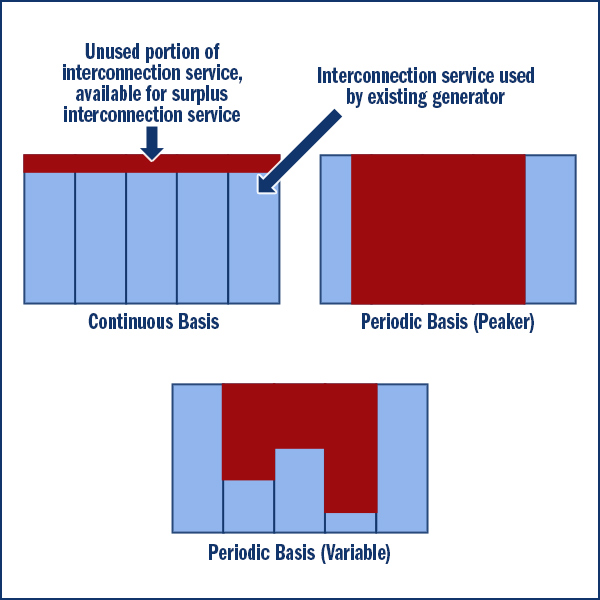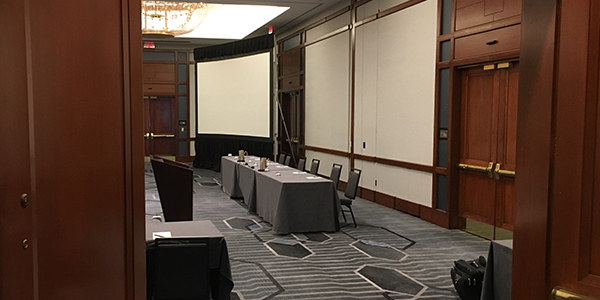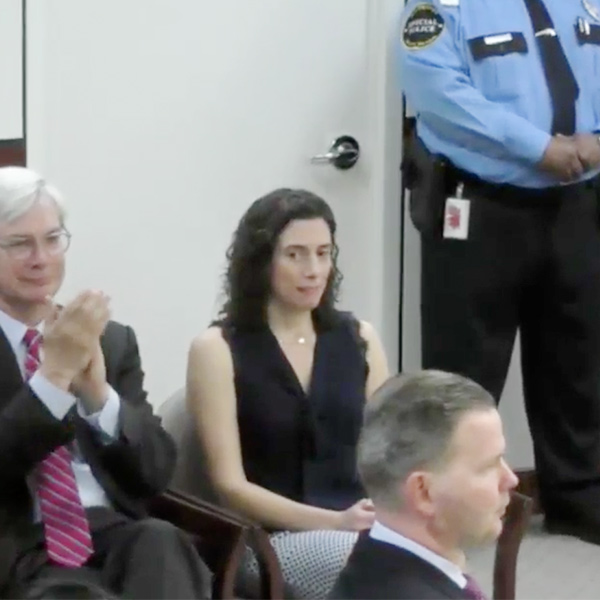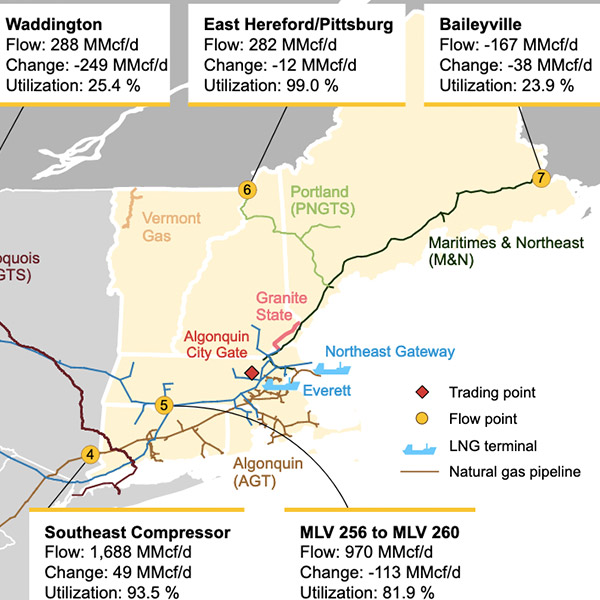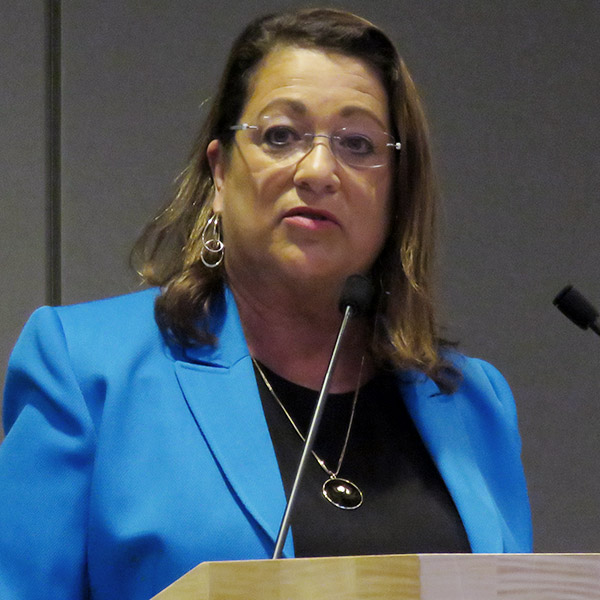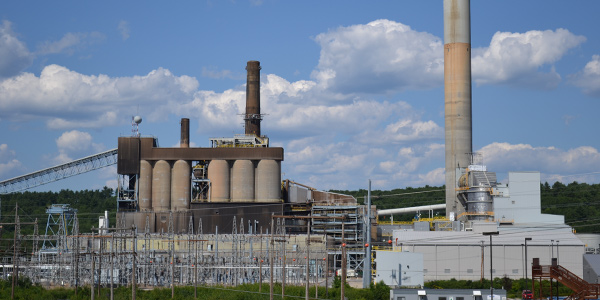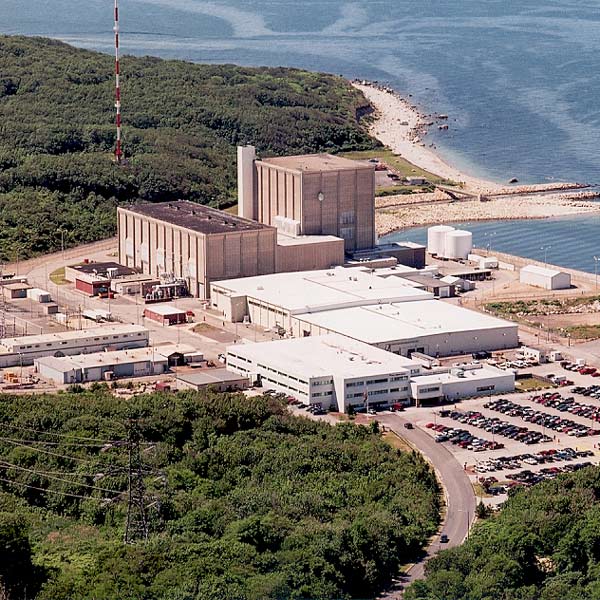New England Power Pool (NEPOOL)
FERC has agreed to New England’s request for a public “prefiling” meeting to discuss the region’s plans for long-term fuel security.
Rejecting ISO-NE’s concerns, NEPOOL voted to broaden the RTO’s proposed rules for obtaining surplus interconnection service under FERC Order 845.
The NEPOOL Participants Committee retroactively approved ISO-NE Tariff revisions to address concerns with FERC's Order 841 on energy storage.
FERC’s chair appointed a new chief of staff and opined on PJM’s complex capacity rules, while lame-duck Commissioner LaFleur is not leaving just yet.
FERC rejected RTO Insider’s bid to force the New England Power Pool to open its meetings to the public and press, saying it lacked authority to act.
A ISO-NE whitepaper attempts to chart a course for the RTO to develop new market-based solutions to overcome New England’s energy security challenges.
Massachusetts' former top regulator Angela O'Connor sat down with RTO Insider to talk about the challenges faced by her old agency — and the privilege of serving it.
The New England Power Pool voted to admit RTO Insider correspondent Michael Kuser as an End User member under strict rules that prevent him from reporting publicly on what he hears in meetings.
The New England Power Pool Markets Committee rejected ISO-NE’s interim proposal for compensating generators for fuel security. But the RTO plans to file the plan with FERC with or without stakeholder endorsement.
New England Power Pool stakeholders are discussing potential changes to ISO-NE wholesale energy markets to improve winter fuel security.
Want more? Advanced Search

